聞こえる [きこえる] INTRANSITIVE (1) to be heard; to be audible; (2) to be said to be; to be reputed
聞く [きく] TRANSITIVE (1) to hear; to listen; (2) to ask
日本語 / にほんご / Japanese
(1)隣の部屋で電話がなっているのが私には聞こえる/聞こえます。
(2)ここから私たちには海の音が聞こえる/聞こえます。
(3)猫が窓を引っかいているのが私には聞こえる/聞こえます。
(4)電車で音楽を私は聞く/聞きます。
(5)今日の午後、私はその講演を聞く/聞きます。
(6)明日、私は部下の提案を聞く/聞きます。
英語 / えいご / English
(1)I can hear the telephone ringing in the next room.
(2)We can hear the ocean from here.
(3)I can hear a cat scratching at the window.
(4)I listen to music on the train.
(5)I will listen to that lecture this afternoon.
(6)I will listen to my subordinates’ suggestions tomorrow.
ひらがな / Hiragana
(1)となりのへやで でんわがなっているのが わたしには きこえる/きこえます。
(2)ここから わたしたちには うみのおとが きこえる/きこえます。
(3)ねこが まどをひっかいているのが わたしには きこえる/きこえます。
(4)でんしゃで おんがくを わたしは きく/ききます。
(5)きょうのごご、わたしは そのこうえんを きく/ききます。
(6)あした、わたしは ぶかのていあんを きく/ききます。
ローマ字 / Roman letters
(1) Tonari no heya de denwa ga natte iru no ga watashini wa kikoeru/ kikoemasu.
(2) Koko kara watashi-tachi ni wa umi no oto ga kikoeru/ kikoemasu.
(3) Neko ga mado o hikkaite iru no ga watashini wa kikoeru / kikoemasu.
(4) Densha de ongaku o watashi wa kiku / kikimasu.
(5) Kyô no gogo, watashi wa sono kôen o kiku/ kikimasu.
(6) Ashita, watashi wa buka no teian o kiku/ kikimasu.
Question&Answer
Why is “は” used in (4) to (6) while “のが” is used in (1) to (3)?
The sentences (1)-(3) and (4)-(6) demonstrate an important grammatical and semantic distinction in Japanese auditory expressions. Let me explain why “のが” is used in the first set of sentences.
Reasons for Using “のが”
The main reasons why “のが” appears in sentences (1)-(3) are as follows:
1. Distinction Between Non-volitional Perception and Volitional Action
Sentences (1)-(3) use “聞こえる” (kikoeru), which is a non-volitional perception verb. This expresses a situation where sounds naturally reach one’s ears regardless of the subject’s intention.
In contrast, sentences (4)-(6) use “聞く” (kiku), which is a volitional action verb. This expresses the act of intentionally listening to something.
2. Formation of Perceptual Constructions
The structure “〜のが聞こえる” is a type of perceptual construction in Japanese. The nominalizer “の” transforms the preceding part (e.g., “the phone ringing,” “the sound of the sea,” “the cat scratching the window”) into a nominal element, which is then marked by “が” as the subject of perception.
This structure clearly shows:
What → is being perceived (object of perception)
Who → is perceiving it (subject of perception)
3. Nominalization of Complex Situations
Particularly in sentences (1) and (3), entire situations like “the phone is ringing” or “the cat is scratching the window” are the objects of perception. To present these complex situations as objects of perception, nominalization using “の” is necessary.
Specific Analysis
(1) 隣の部屋で電話がなっているのが私には聞こえる。 → The situation of “the phone ringing in the next room” is naturally audible to me.
(4) 電車で音楽を私は聞く。 → I intentionally listen to music on the train.
(2) ここから私たちには海の音が聞こえる。 → The sound of the sea naturally reaches our ears from here.
(5) 今日の午後、私はその講演を聞く。 → I plan to intentionally listen to that lecture this afternoon.
In Japanese auditory expressions, the structure using “のが” plays an important role in grammatically distinguishing between non-volitional perception and volitional action, and in clearly indicating the object of perception.










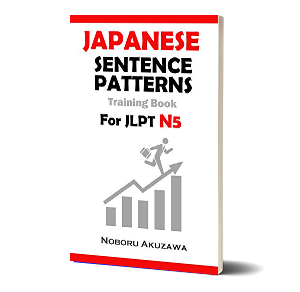
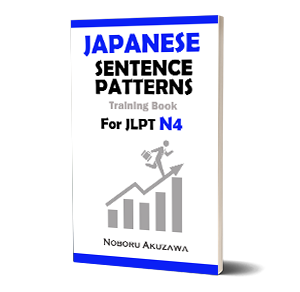
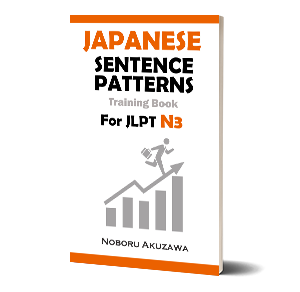





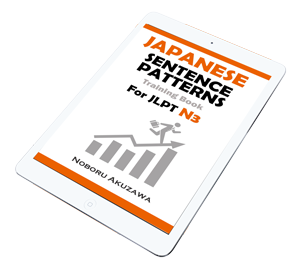
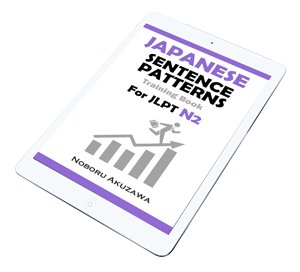
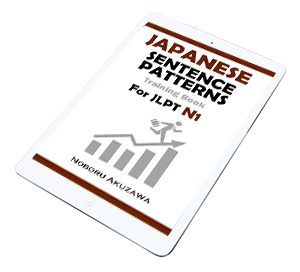









No comments yet.